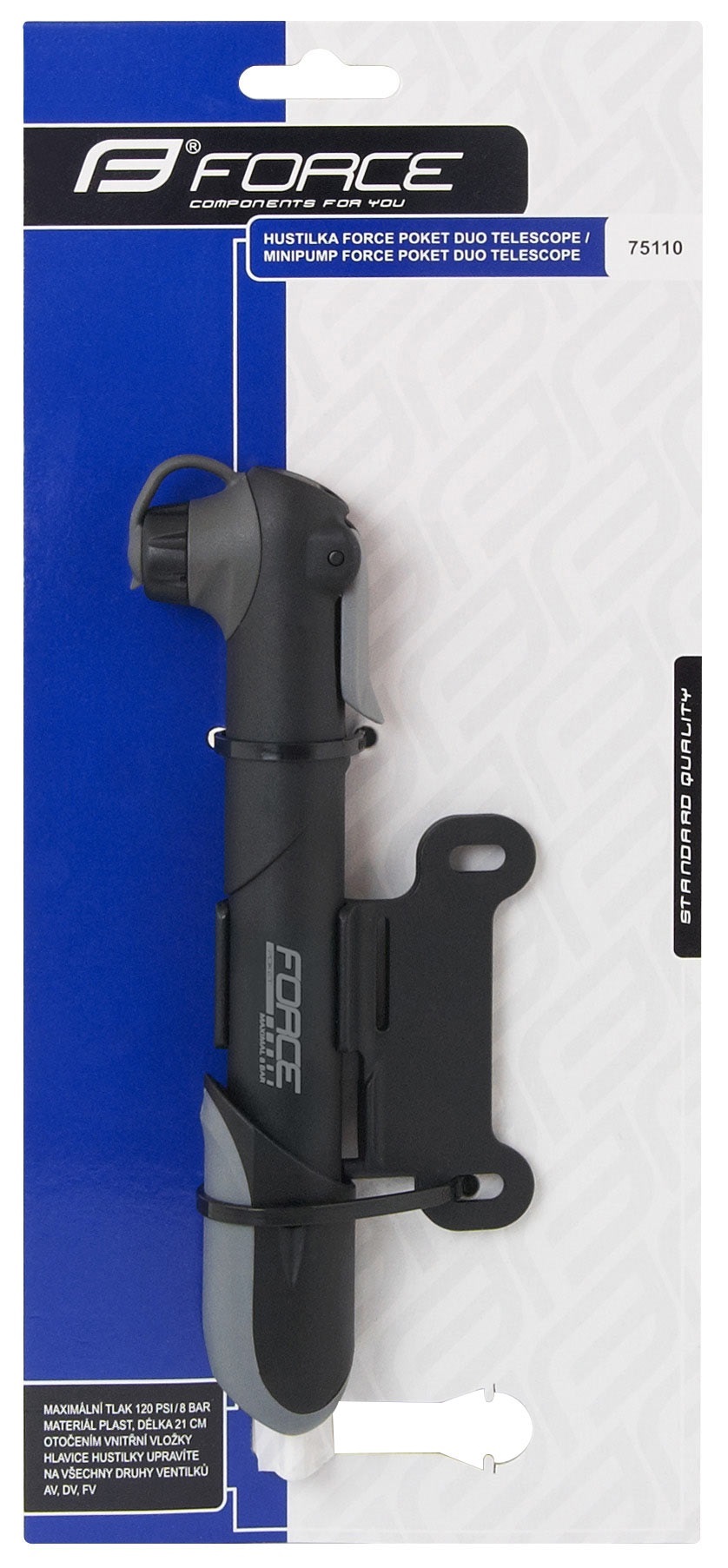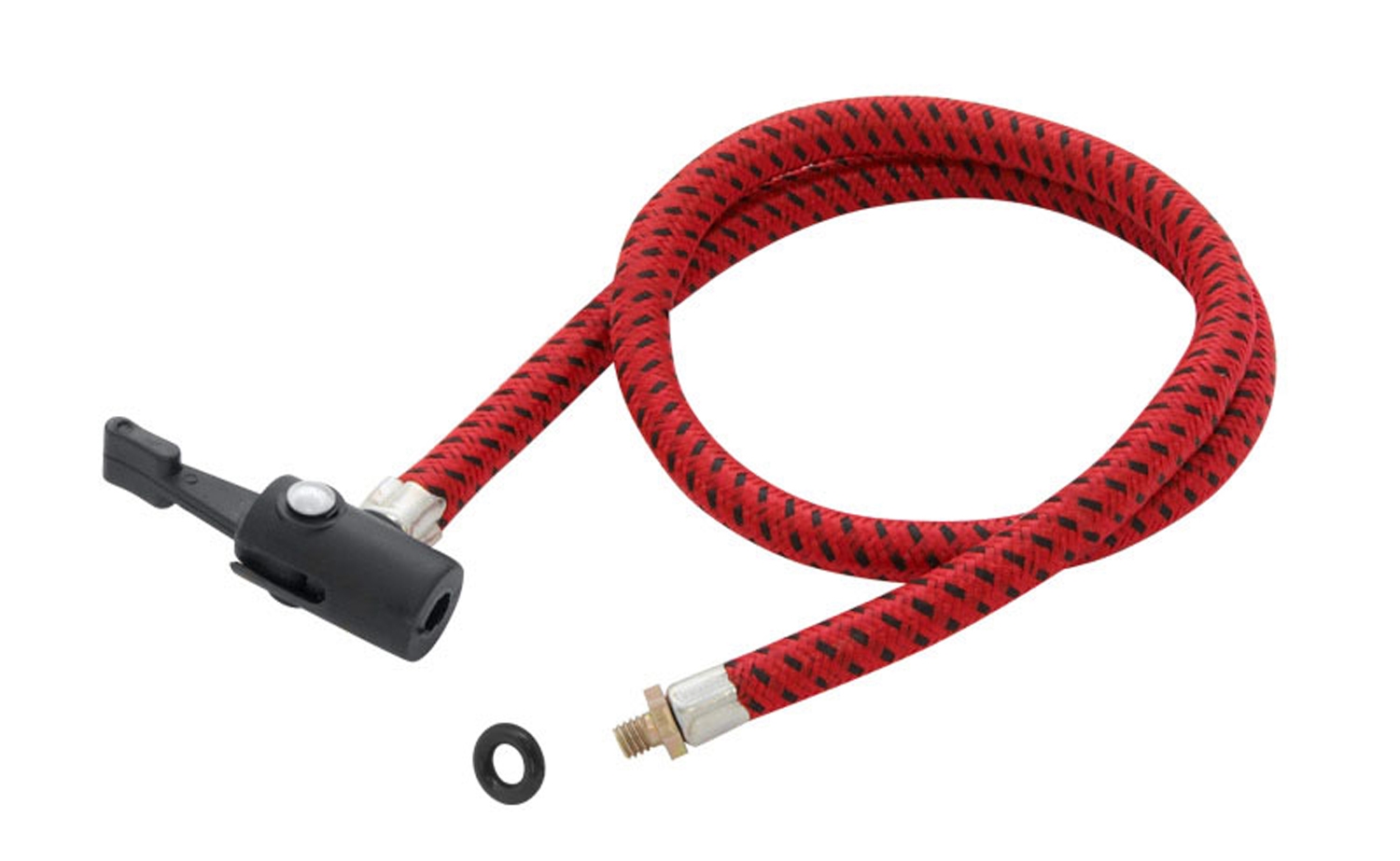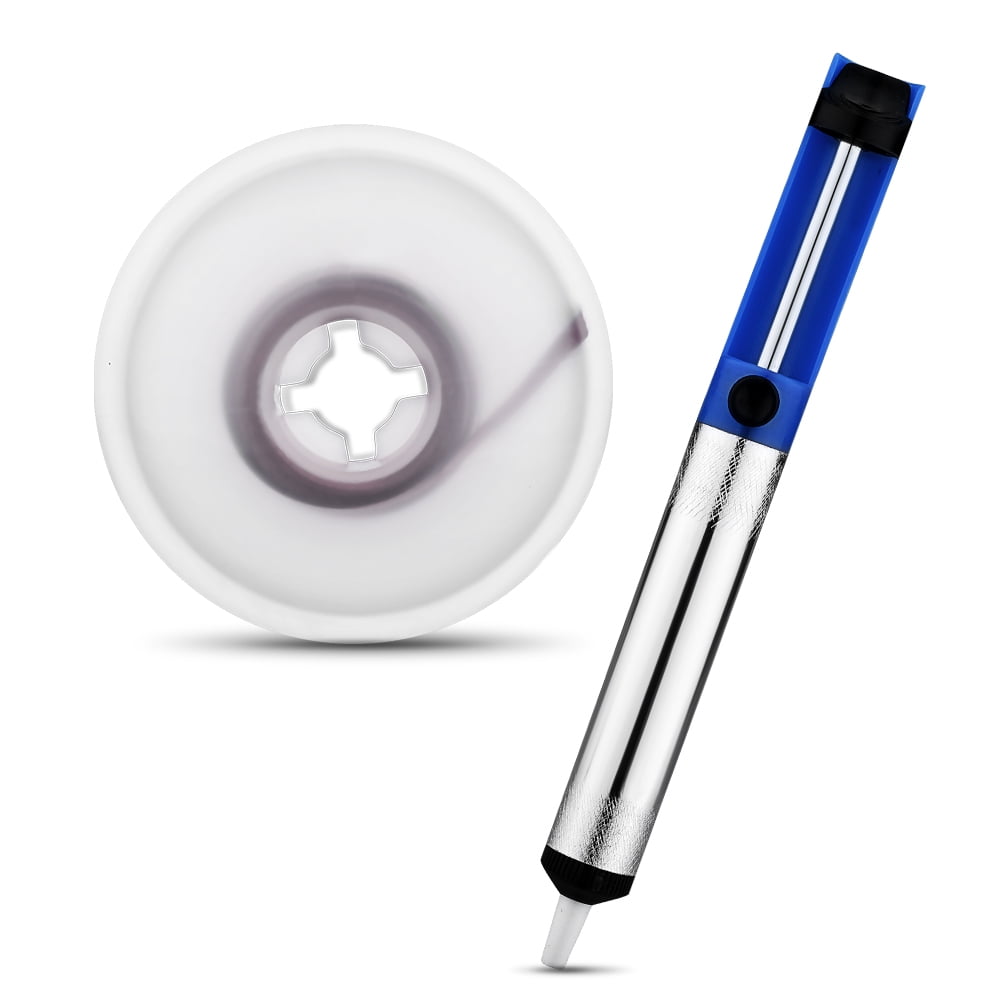
Finance is subject to application, financial circumstances and borrowing history. Total amount payable will be £1655.83 with a cost of credit of £256.83.

If you have a Presta valve, tighten the nut on the valve until no air escapes when you press on it, then replace the cap.† Barclays Representative Example: If total purchase price is £1,399.00 and your selected term is 36 months 11.9% APR Representative, Annual Interest Rate 11.9% Fixed, you would pay £46.00 per month. If you have a Schrader valve, replace the cap.

Unlock your pump: Once you have enough air pressure, unlock your pump. You will find a max air pressure rating you should stay under. Pump until your desired air pressure is reached: If you don't know how much pressure you should put in your tire, take a look at the tire sidewall. Be careful not to apply pressure to the wheel spoke as pressing on a wheel spoke can cause your wheel to go out of alignment. Place your hand behind the part of the pump connected to the valve to create a sturdier fit. Some pumps lock with a twisting motion while others have a lever to pull. Lock the pump onto the valve when you hear air escaping. Pushing the valve to the side may cause a leak over time. Try to apply even pressure straight onto the valve.

Slide the pump onto the valve with a simple push. However, for some pumps, the reverse is true, so check your owners' manual to identify the correct position for your pump.

Verify the pump is in the unlocked position: For most mini pumps there will be a lever that is unlocked when flat against the pump and locked when at a 90-degree angle to the pump. Once the nut is loosened, pressing the end of the valve will release air. For Presta valve, you need to remove a cap and loosen a nut at the end of the valve. For Schrader valves, all you need to do is remove the cap, if you have one.


 0 kommentar(er)
0 kommentar(er)
